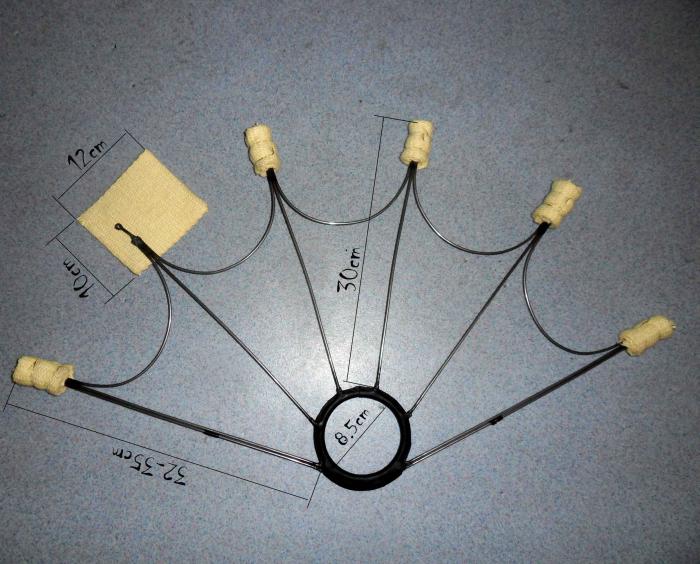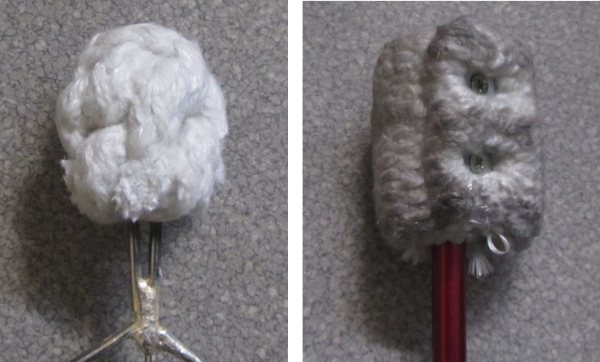Constructions, materials, and fixing fans
What are the best practice fans? Steel or wood?
In general, wooden fans are cheaper but less durable. If you practice outside and drop a lot on asphalt, you can break wooden fans rather quickly. The steel fans are more expensive but usually more durable and remain in good shape longer. However, steel fans are also harder, and it’s a bit harder when you learn juggling, while wooden fans a softer and don’t hurt your hands as much as steel fans.
How to fix fans if something is broken?
There are several articles that can help you to fix your fan:
Here is how to fix a stopper made of plastic:
How to make wicks properly?
There are several videos on youtube, for example one, two, or three
What is a typical weight of fans?
Without wicks, fans should be about 300g each. More than 400g would already be considered heavy for a fan without wicks.
What type of steel is used for fire fans?
For example, Misha’s fans are made of steel wire labeled 65Г (its Russian specification), which according to some guy on the internet, is equivalent to A29(1566) steel wire. The diameter of the wire is 2-3 mm. Often side spokes are made thicker than the middle spokes.
What are the typical dimensions for fans and wicks?
Somewhat typical fan dimensions and amount of Kevlar per wick:

What is the right balance of the fan?
Basically, there is nothing like “right balance”. It’s indeed better if the center of mass is not too much shifted to the wicks or to the handle, but stays somewhat in the center. However, it doesn’t have to be precisely the center. It’s a matter of your personal preference, style, and technique. For example, it is easier to do flowers when the mass is located closer to the wicks, whereas geometry is easier when the mass is near the handle. The video below shows an example of adequate balance:
What is the difference between Kevlar and ceramics materials
Kevlar is a reliable and widely used material for fire props. Ceramics (often in the form of cord) is a cheaper alternative frequently used in Eastern Europe. The main drawback of ceramics is that you must burn your wicks a few times to make the material properly settle. Otherwise, it might spread some ceramic powder-like substance, which will make your skin itchy. If you are just buying a single pair of fans for yourself, it is better to pay a bit more for Kevlar wicks. If you buy many pairs of fans for a team or for somewhat less infrequent use, it might make sense to choose ceramic wicks - there is nothing really wrong with this material. Contrary to rumors, both materials are perfectly available in Russia, so just make sure to ask when you order your fans there, as some makers default to ceramics. Note that there’s also a material called asbestos that is strongly recommended against, as it is very toxic and bad for your health.
What are roll or isis types of wicks?
In the ‘isis’ type of the wick, there is a tricky node made from a cord, as shown below (left). In the ‘roll’ wick, the material is simply rolled around the spoke (right). The roll type is by far the most common for fans.

What are the different types of fan handle? Leather or steel?
Fan handle can be made of polished metal or is covered with leather or plastic, as shown below. Each has its pros and cons. You can read about this dilemma in more detail in this article, but the short answer is that polished metal is probably better or at least more universal.

How to make or where to buy fan covers?
Although there are places where you could buy fan covers, it easy and quick to make your own. In addition to the video below, you can also check one of Jessy’s tutorials.